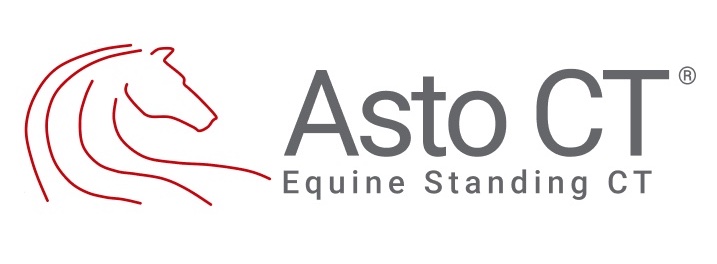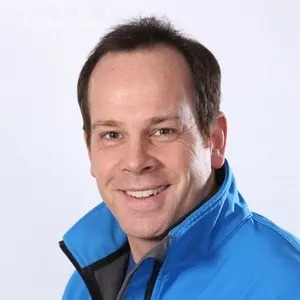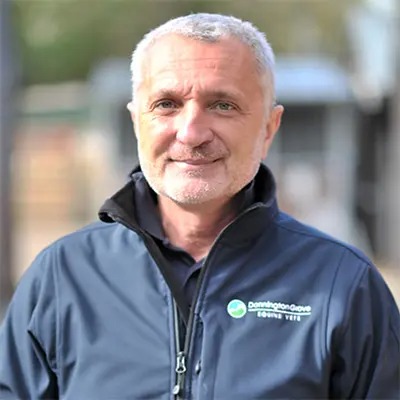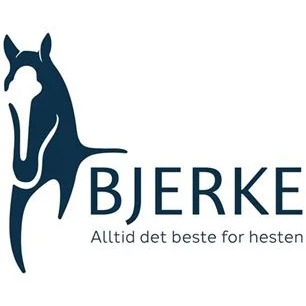New Developments in Diagnostic & Therapeutic Techniques of Equine Neck Conditions – A 2-Day Practical Course
Species
Equine
Venue
Bjerke Dyrehospital
Contact Hours
15 Hours
Early Booking Deadline
Sun, 06 October, 2024
Registration Deadline
Tue, 22 October, 2024
Language
English (Norwegian Moderation)
Extras
Printed Set of Course Notes (pick up at venue) - USD 94.58
Discipline
Internal Medicine – Endocrinology, Haematology, Infectious Diseases, Parasitology & Oncology
Neurology
Orthopaedics
Sports Medicine
Veterinary Partners
Global


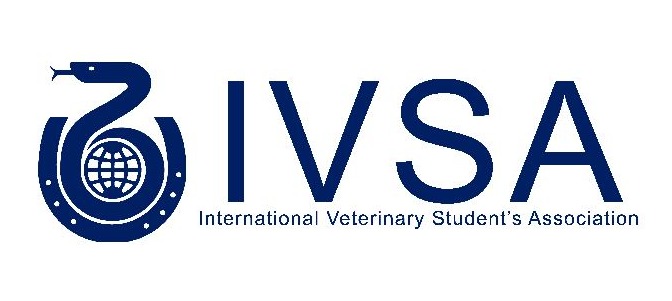
Europe
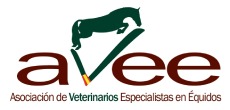
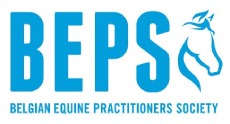


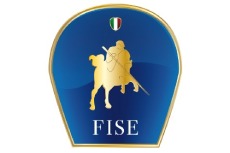

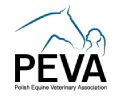
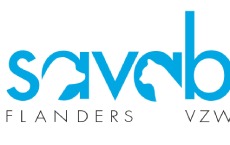
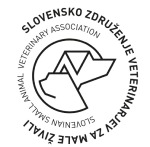
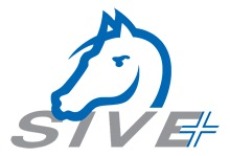



COURSE DESCRIPTION
Horses suspected of being affected by equine wobbler or osteoarthritis of the cervical facet joints are regularly seen in equine practice but diagnosing a specific disease with certainty can be challenging. Over the past two decades the equine cervical spine has been extensively researched and advanced imaging modalities like CT, CT-myelography and MRI have revolutionized diagnostic and therapeutic capabilities available to equine practitioners.
This practical course was designed to provide equine veterinarians with the theoretical and especially the practical skills to competently examine, diagnose and treat horses affected by neck conditions. One of the main goals of this course is to provide practitioners with the knowledge and skills on how to reliably differentiate ataxic horses from animals with front- and hindlimb lameness.
A panel of internationally renowned clinicians who have dedicated a significant proportion of their careers researching, diagnosing and treating horses with neck conditions, will bring a wealth of experience to this course. The following highly-illustrated lectures in English (no translation, but with Norwegian moderation) will be held in the mornings:
- Functional Neuroanatomy of the Head & Cervical Spine
- Is it lame or is it ataxic?
- The brain – How can we localize the signs & diagnose the problem?
- Current Radiographic Techniques (incl. Myelogram) for Evaluation of the Cervical Spine
- Neck Ultrasound – Poll, Facet Joints & US-guided CSF Taps
- How CT & CT-Myelography are revolutionizing the work-up of horses with neck conditions
- Equine Wobbler & Facet Joint OA – Update on Pathophysiology, Clinical Features & Diagnostic Options
- Conservative Therapy of Equine Cervical Conditions – Where is the evidence?
- Surgical Treatment of Neck Conditions – What’s the likelihood of success?
- A Practical Approach to Diagnosing the Ataxic Horse – Case-based Discussions
- Infectious Causes of Neurological Disease – Presentation, Diagnostics & Therapies
- Update on Headshaking – Investigations & Treatment Options
- Peripheral Neuropathies – Shiverers, Stringhalt, EMND etc..
In the afternoons, the 7 hours of practical small group sessions (2 – 4 vets per ultrasound machine) will give attendees plenty of opportunity to further develop their practical skills on live horses and on equine specimens, under the supervision of the experts. Each attendee will rotate through the following practical stations with live horses and specimens:
- Neurologic Examination & CSF Tap Techniques
- Cervical Ultrasound, Facet Joint Injections & US-guided CSF Taps
- Radiography of the Neck/Head
- Neck Conditions Case-Discussions (incl. advanced imaging)
- Guttural Pouch Endoscopy & Nerve Blocks for Headshakers
- Cervical Fusion Surgery Demonstration
The course fee includes lunches, coffee/tea breaks, a wine & cheese reception, extensive electronic course notes and a certificate of attendance. Early course registration is recommended as there are only a limited number of places available.
This course is suitable for RCVS Modules: B-EP.3; C-E.3; C-E.4; C-E.6; C-E.7; C-E.11; C-E.15; C-E.16; C-E.17; C-VDI.4
Dr. Monica Aleman obtained her veterinary degree at the University UNAM-Mexico. She completed residencies in large animal internal medicine (equine emphasis) and neurology and neurosurgery at UC Davis; and achieved board certification for both specialties by the American College of Veterinary Internal Medicine. She completed a PhD in comparative pathology in neuromuscular disorders at UC Davis. Her research and clinical interest have focused in neurology, neuromuscular and muscle disorders in all species with equine emphasis. She is a full professor of the equine internal medicine and neurology services, chief of service of equine internal medicine, and co-Director of the Neuromuscular Disease Laboratory at UC Davis where samples from both humans and animals are processed. Dr. Aleman is one of the founding members of the Equine and Comparative Neurology Research Group, and is affiliated with the Clinical Neurophysiology Laboratory at UC Davis. Dr. Aleman is author of over 110 peer reviewed medical publications, over 100 proceedings and abstracts, and over 30 book chapters; and is a regular speaker in national and international meetings. Dr. Aleman has served as a reviewer for scientific journals, and grant committees. Dr. Aleman is regularly consulted in challenging cases with neurologic and muscle disease throughout the world. Currently, she works in the investigation of neurologic and neuromuscular disorders in multiple species including humans. Dr. Aleman was recently appointed the Terry Holliday Presidential Endowed chair in Comparative Neurology by the University of California at Davis, and awarded an alumni recognition for Excellence in teaching, service, and research by the National Autonomous University of Mexico.
More InfoJonathan Anderson is a director and surgeon at the Rainbow Equine Hospital. He is a Royal Veterinary College Equine Surgical Specialist, a Diplomate of the American College of Veterinary Surgeons and an FEI Veterinary Delegate.
Jonathan graduated from the Edinburgh’s Royal School of Veterinary Studies in 2000, completed an internship year at the San Luis Rey Equine Hospital in California, before moving to the Rainbow Equine Hospital in the UK for 3 years. He went back Stateside to undergo a large animal clinical fellowship at Oregon State Veterinary Teaching Hospital followed by an Equine Surgical Residency at the University of California, Davis. He achieved diplomate status in 2009, remained as a clinical instructor at UC Davis for a year before moving back to the Rainbow Equine Hospital at the end of 2009 to join the surgical team. He has been involved in advancing the use of CT both as diagnostic and intra-operative imaging modality within the equine veterinary field. His main veterinary interests include all things orthopaedic which includes the evaluation, advanced imaging and surgical treatment of horses with cervical stenosis. He is keen to see a sharing of knowledge and equipping of equine vets to recognise and treat horses with this condition.
His biggest asset is his long suffering wife Naomi and he kind of helps to manage a brood of 5 kids which means little time for any other activities although a run in the mountains every so often is where he likes to recharge his batteries once again!
More InfoGiorgio qualified from the University of Turin, Italy, in 1989. After an Internship in Equine Surgery at the Animal Health Trust in 1991/92, he settled in Pisa, Tuscany where he spent over twenty years in private practice, further developing his interests in equine surgery and lameness. This included assignments as a contract Professor at the University of Pisa. More recently Giorgio started travelling in the Middle East for work and after an 18 months spell in the UAE working for a large private stable involved in flat and endurance racing, he made his way back to Europe, joining Donnington Grove in 2016. Giorgio is past president of SIVE, the Italian Association of Equine Practitioners and of FEEVA, the Federation of European Equine Veterinary Associations; he is past Board member of the ESVOT (European Society of Veterinary Orthopaedics and Traumatology). He is a certified member of ISELP (International Society of Equine Locomotor Pathology.
More InfoPlease download the Program PDF to view it: Download PDF
Travelling by car – Please consult the maps below:
http://kart.gulesider.no/m/IoCuo
Travelling by Public Transport
From Gardermoen Airport:
Take the train to Oslo Sentralstasjon (main train station) and then take bus # 31 from Jernbanetorget (large square in front of the train station) to Bjerke. The journy takes 45 – 50 minutes.
Alternatively, take bus Flybussekspressen, followed by bus F1 towards Majorstuen and exit at Bjerke bus stop. The journy takes 45 minutes.
From Torp Airport:
Take the Torpekspressen bus to the main bus terminal in the centre of Oslo. From the bus terminal walk to Jernbanetorget (large square in front of the train station) and take the # 31 bus to Bjerke.
From Oslo Sentralstation
Take Bus # 31 from Jernbanetorget (large square in front of the train station) and exit at Bjerke.
Please consult the following website to plan your journey by public transports (including airport shuttles) from anywhere within Norway: www.trafikanten.no
“A very good course in explaining and investigating a complex topic that all vets need to understand better. Great tutors who were extremely approachable, knowledgeable, and very generous with their case experience.”
- Roisin McQuillan, Matamata Veterinary Services NZ - New Developments in Diagnostic & Therapeutic Techniques of Equine Neck Conditions course New Zealand 2023
“Relaxed and very informative with lots of good practical advice and tips. Really enjoyed all of the lectures & demonstrations.”
- Kylie Huxford, Cambridge Equine Hospital Australia - New Developments in Diagnostic & Therapeutic Techniques of Equine Neck Conditions course New Zealand 2023
“Great evidence-based lectures & practical’s, I got exactly what I needed out of this course.”
- Anneliese Downing, Anneliese Downing Equine Australia - New Developments in Diagnostic & Therapeutic Techniques of Equine Neck Conditions course Sydney 2023
“Practical & Concise. The wetlabs were all really good & helpful for practitioners.”
- Rachel Lambeth, Australia - New Developments in Diagnostic & Therapeutic Techniques of Equine Neck Conditions course Sydney 2023
Qualified Vet
Lectures & Practical Sessions
USD 1177.31
Lectures Only
USD 610.82
2nd vet, same clinic
Lectures & Practical Sessions
USD 1118.20
Lectures Only
USD 581.27
Vet & Vet. Nurse / Vet. Technician
Lectures & Practical Sessions
USD 2137.88
Lectures Only
USD 1669.91
Intern/Resident/PhD (Requires proof of status)
Lectures Only
USD 305.41
Lectures & Practical Sessions
USD 591.12
Veterinary Student (Requires proof of status)
Lectures Only
USD 123.15
If the options you are looking for are unavailable, please contact us.
No tax will be added unless you are a UK taxpayer
Choose currency at checkout

 Tue, 19 November, 2024
- Wed, 20 November, 2024
Tue, 19 November, 2024
- Wed, 20 November, 2024



